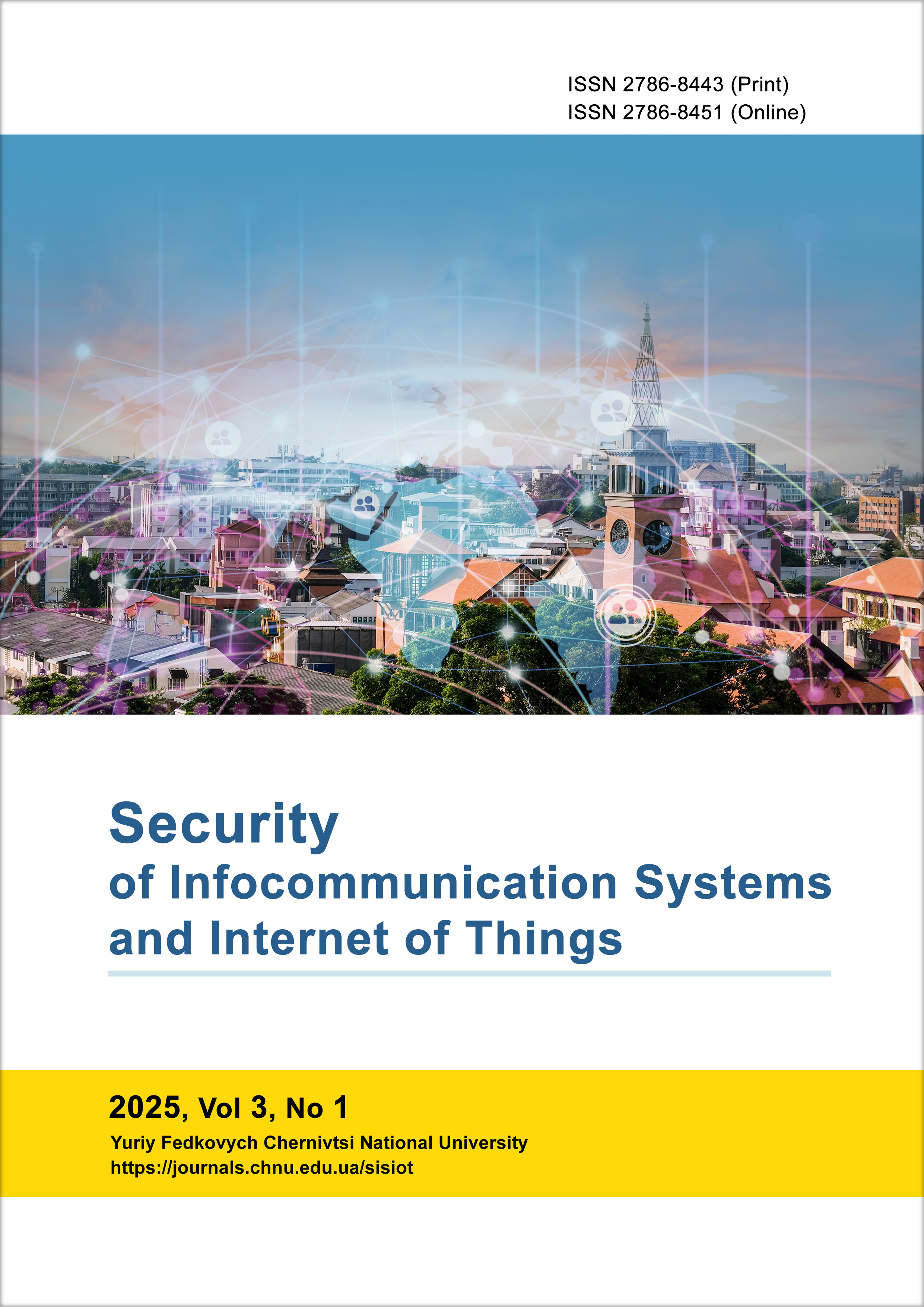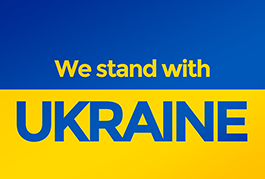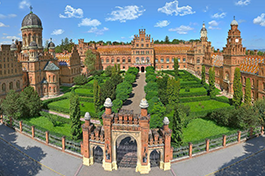Telecommunication System for Transmission of Adaptively Scaled Digital Images
DOI:
https://doi.org/10.31861/sisiot2025.1.01012Keywords:
telecommunication systems, digital image scaling, interpolation algorithms, video camera, Internet of ThingsAbstract
The hardware and software of a telecommunication system designed for the transmission of adaptively scaled digital images has been developed. The system consists of transmission and reception subsystems. The hardware of the transmission subsystem includes a USB video camera, a microcomputer Raspberry Pi3 and a Raspberry Pi3 radio module. The hardware of the reception subsystem includes a radio module nRF24L01 # 2, a microcontroller Funduino Uno and a computer. The radio module Funduino Uno has a relatively low transmission speed, but provides low power consumption. The system software has been developed in Python and C++. In the transmission subsystem, the image from the video camera is read using the program cam2nrf, its scale is reduced by interpolation and the reduced image is transmitted via radio module # 1. In the reception subsystem, the reduced image is read via radio module # 2, its scale is increased by interpolation. Image scaling is performed using bilinear or bicubic interpolation. The program nrf_rx, which runs on the Funduino Uno microcontroller, is used to receive wireless data using the radio module nRF24L01. The program recv_img, which runs on the computer, reads the image from the microcontroller Funduino Uno, scales, visualizes and saves it. Scaling adaptability is ensured by choosing the image interpolation algorithm depending on its average spatial period TCR, which is calculated based on the Fourier power spectrum of the original image. For values TCR < 4.5 pixels, bilinear interpolation is performed, and otherwise bicubic interpolation is performed. Testing of the telecommunication system for transmitting real images shows its operability. By reducing the image size by a factor of 2, the transmission time is reduced by a factor of 4 with a slight decrease in the visual quality of the resulting image. Such image scaling is especially effective when transmitting images over low-bandwidth channels. The developed hardware and software can be used in `Internet of Things systems for image transmission.
Downloads
References
R. Gonzalez and R. Woods, Digital Image Processing, 4th ed. New York, NY, USA: Pearson/Prentice Hall, 2018.
S. V. Balovsyak, O. V. Derevyanchuk, Ya. V. Derevianchuk, V. V. Tomash, and S. V. Yarema, “Segmentation of railway transport images using fuzzy logic,” Trans Motauto World, vol. 7, no. 3, pp. 122–125, 2022.
Zh. Hu, D. Uhryn, Yu. Ushenko, V. Korolenko, V. Lytvyn, and V. Vysotska, “System programming of a disease identification model based on medical images,” in Proc. SPIE: Sixteenth Int. Conf. Correlation Optics, vol. 12938, pp. 129380F-1–129380F-4, 2024. doi: 10.1117/12.3009245.
S. Palani, Principles of Digital Signal Processing. Cham, Switzerland: Springer, 2022.
D. Kim and D. Hwang, Eds., Intelligent Imaging and Analysis. Basel, Switzerland: MDPI, 2020.
W. Burger and M. J. Burge, “Geometric Operations,” in Digital Image Processing. Texts in Computer Science. Cham, Switzerland: Springer, 2022, pp. 601–637. doi: 10.1007/978-3-031-05744-1_21.
G. Liu, “The novel bilateral quadratic interpolation image super-resolution algorithm,” Int. J. Image, Graphics and Signal Process. (IJIGSP), vol. 13, no. 3, pp. 55–61, 2021. doi: 10.5815/ijigsp.2021.03.05.
P. Prystavka and O. Cholyshkina, “Pyramid image and resize based on spline model,” Int. J. Image, Graphics and Signal Process. (IJIGSP), vol. 14, no. 1, pp. 1–14, 2022. doi: 10.5815/ijigsp.2022.01.01.
S. Balovsyak, I. Fodchuk, Kh. Odaiska, Yu. Roman, and E. Zaitseva, “Analysis of X-ray Moiré images using artificial neural networks,” in Proc. 3rd Int. Workshop Intelligent Inf. Technol. Syst. Inf. Security (IntelITSIS), Khmelnytskyi, Ukraine, Mar. 23–25, 2022, CEUR Workshop Proc., pp. 187–197.
Waifu2x. [Online]. Available: https://waifu2x.udp.jp/index.uk.html
A. Geron, Hands-On Machine Learning with Scikit-Learn, Keras, and TensorFlow. Sebastopol, CA, USA: O’Reilly Media, 2019.
O. Berezsky, P. Liashchynskyi, O. Pitsun, P. Liashchynskyi, and M. Berezkyy, “Comparison of deep neural network learning algorithms for biomedical image processing,” CEUR Workshop Proc., pp. 135–145, 2022.
K. Mahmut, “Image interpolation with spiking neural network based pixel similarity,” Signal, Image and Video Process., vol. 18, pp. 6925–6936, 2024. doi: 10.1007/s11760-024-03362-3.
Z. Cheng, “Research on image up-scaling and super-resolution based on convolutional neural network,” Highlights Sci., Eng. Technol., vol. 72, pp. 1258–1263, 2023. doi: 10.54097/ef4k8k08.
D. Suresha and H. N. Prakash, “Data content weighing for subjective versus objective picture quality assessment of natural pictures,” Int. J. Image, Graphics and Signal Process. (IJIGSP), vol. 9, no. 2, pp. 27–36, 2017.
S. Balovsyak and Y. Hnatiuk, “Analysis of results of scaling digital images by interpolation algorithms,” Security Infocommun. Syst. Internet Things (SISIOT), vol. 2, no. 1, pp. 1–6, 2024. doi: 10.31861/sisiot2024.1.01007.
S. Balovsyak, Kh. Odaiska, O. Yakovenko, and I. Iakovlieva, “Adjusting the brightness and contrast parameters of digital video cameras using artificial neural networks,” in Proc. SPIE: Sixteenth Int. Conf. Correlation Optics, vol. 12938, pp. 129380I-1–129380I-4, 2024. doi: 10.1117/12.3009429.
S. V. Balovsyak and Kh. S. Odaiska, “Automatic highly accurate estimation of Gaussian noise level in digital images using filtration and edges detection methods,” Int. J. Image, Graphics and Signal Process. (IJIGSP), vol. 9, no. 12, pp. 1–11, 2017. doi: 10.5815/ijigsp.2017.12.01.
S. Sharma and T. Varma, “Discrete combined fractional Fourier transform and its application to image enhancement,” Multimedia Tools Appl., vol. 83, pp. 29881–29896, 2024. doi: 10.1007/s11042-023-16742-7.
E. Rajaby and S. M. Sayedi, “A structured review of sparse fast Fourier transform algorithms,” Digit. Signal Process., vol. 123, 103403, 2022. doi: 10.1016/j.dsp.2022.103403.
C. Fowlkes, D. Martin, and J. Malik, “Local figure/ground cues are valid for natural images,” J. Vision, vol. 7, no. 8, pp. 1–9, 2007.
The Berkeley Segmentation Dataset and Benchmark. BSDS300. [Online]. Available: https://www.eecs.berkeley.edu/Research/Projects/CS/vision/bsds
Published
Issue
Section
License
Copyright (c) 2025 Security of Infocommunication Systems and Internet of Things

This work is licensed under a Creative Commons Attribution 4.0 International License.









